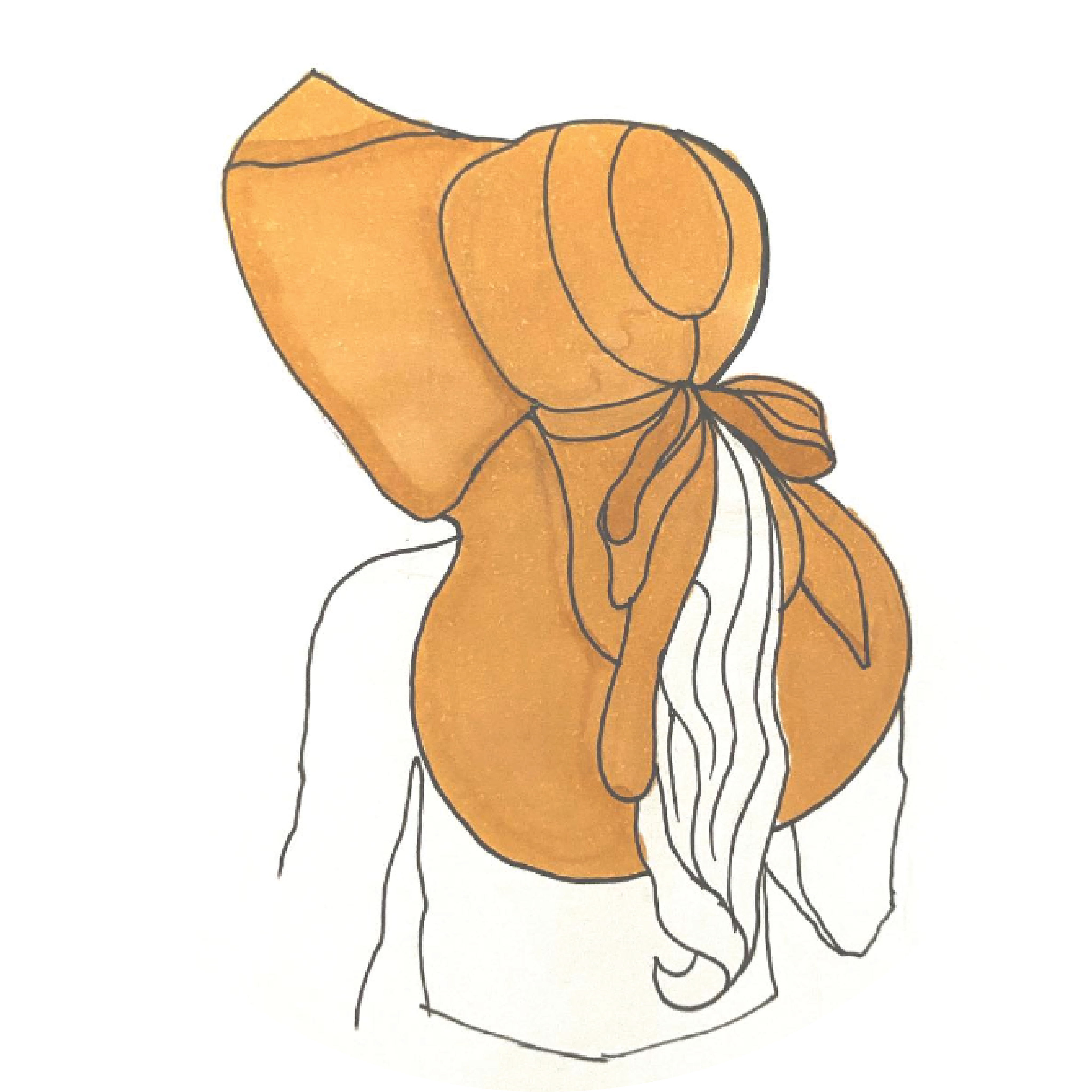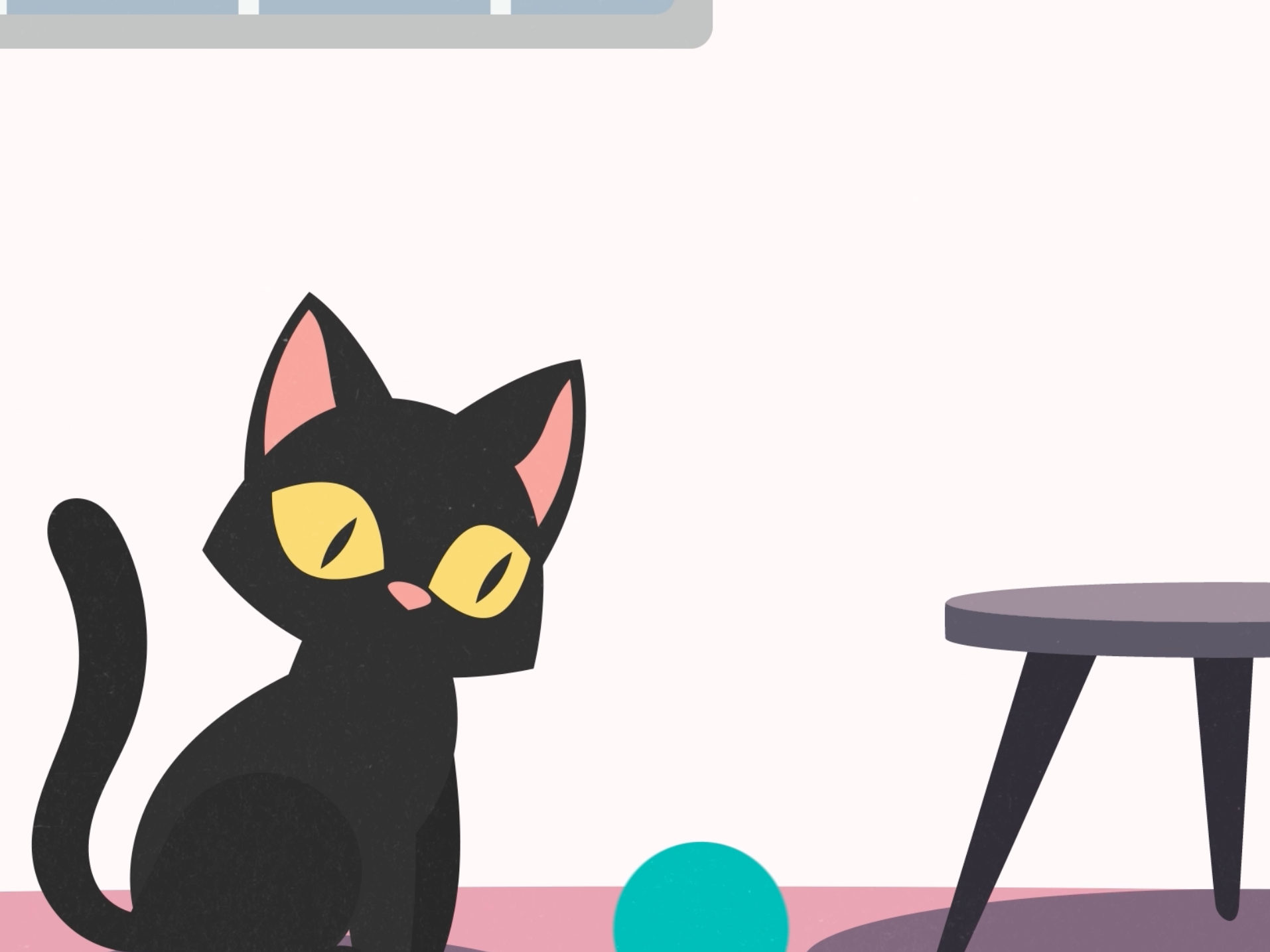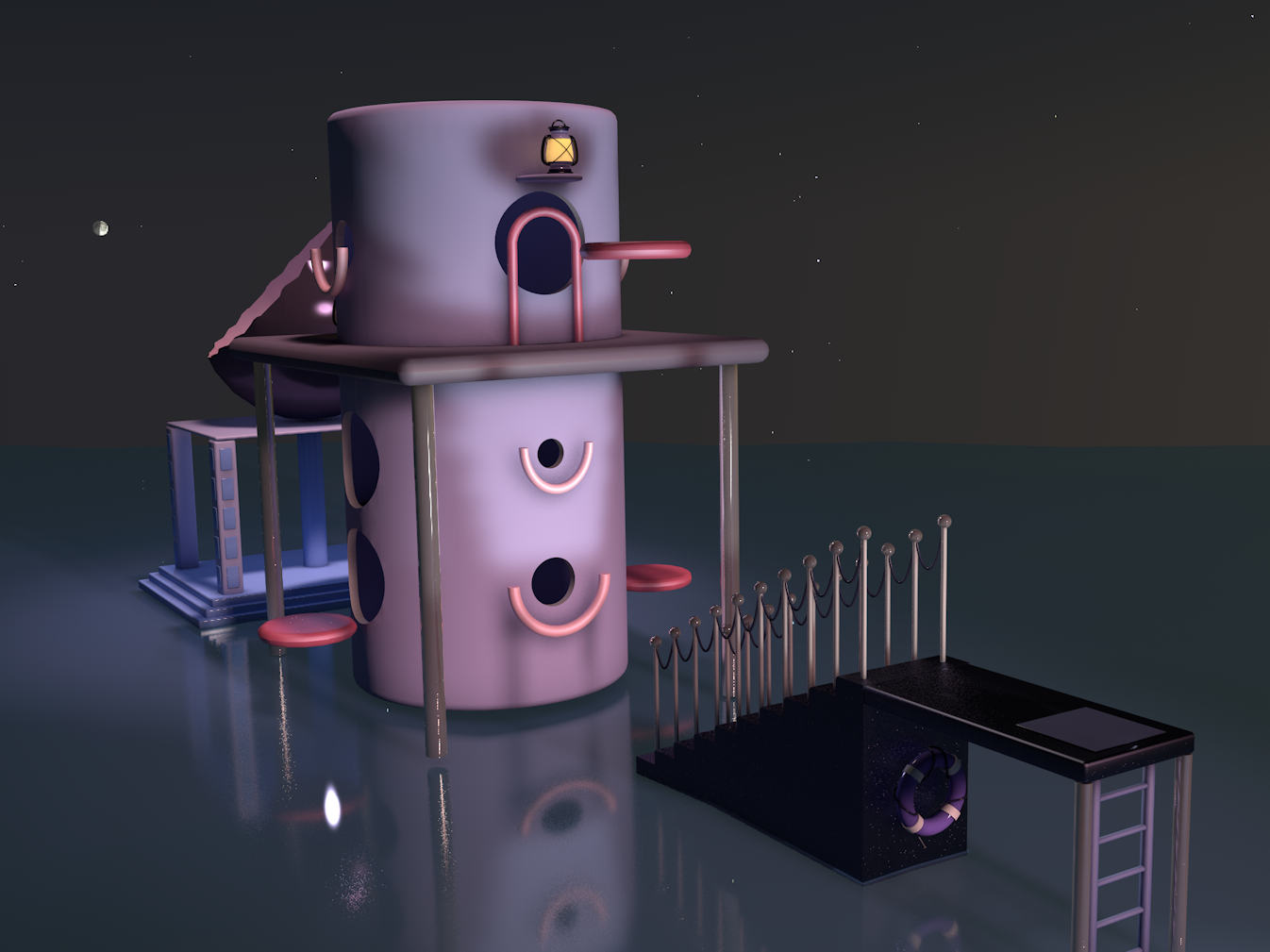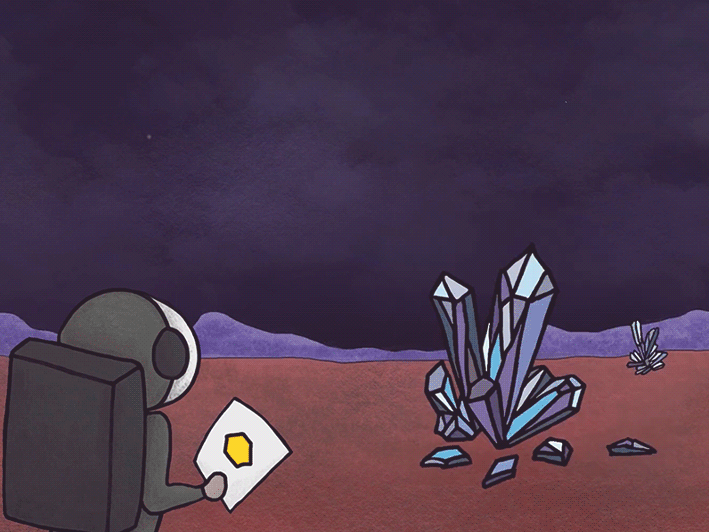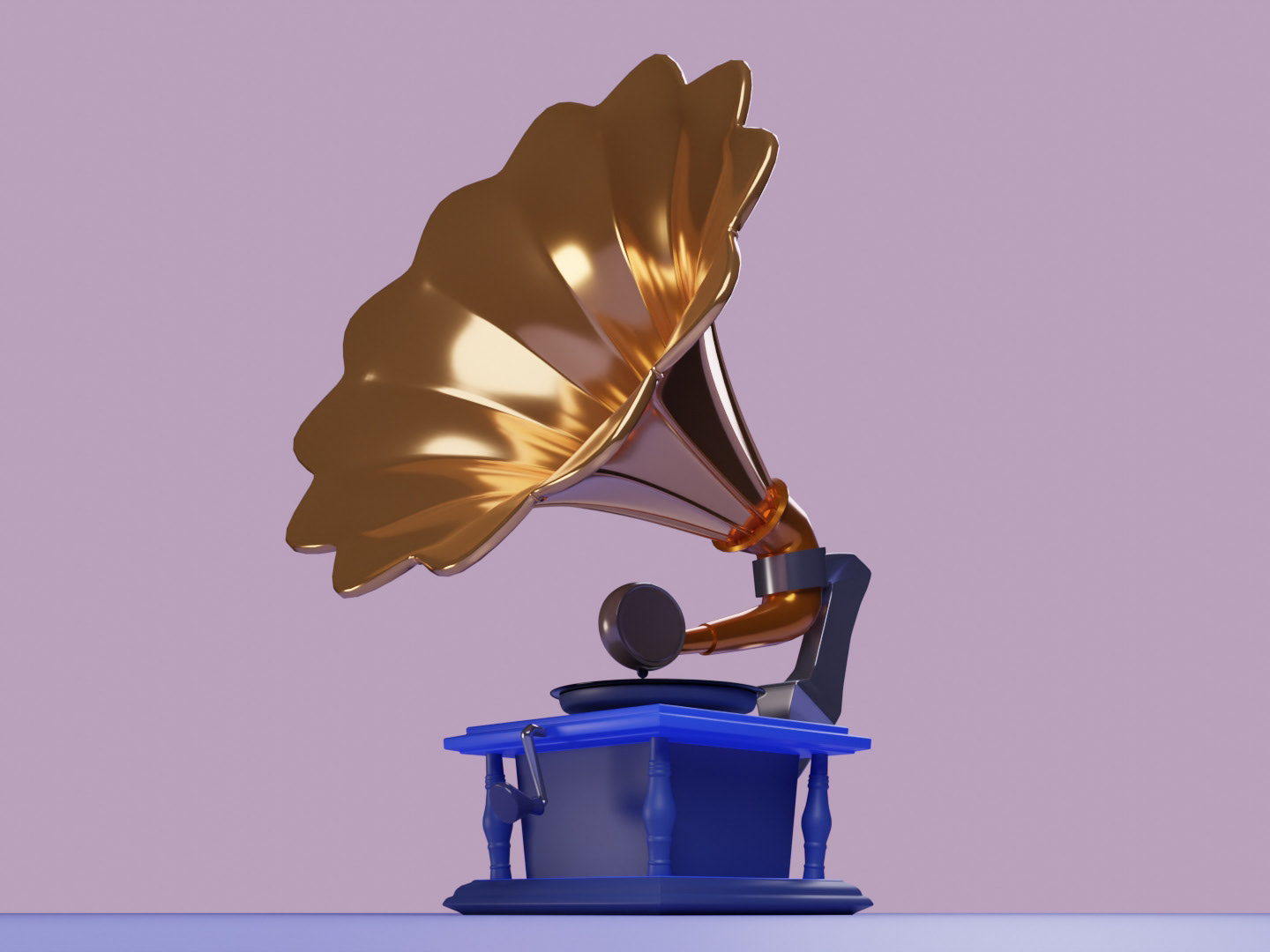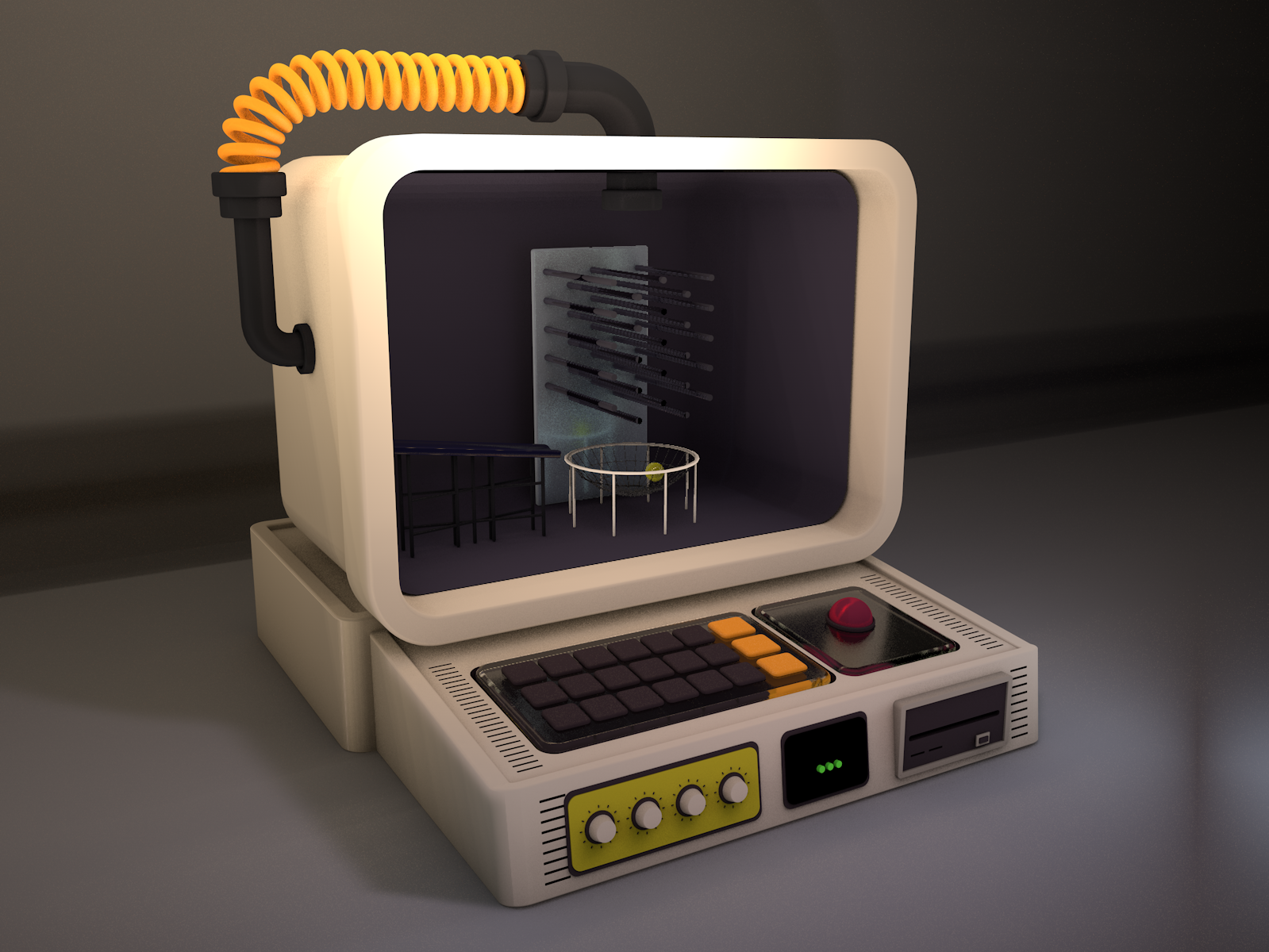Overview
Here is my latest 3D modelling project: a half-skeleton, half-machine mouse created in Blender. My medical background significantly contributed to achieving anatomical accuracy. Inspired by an AI-generated image, this project has been instrumental in advancing my skills in character modelling, polygon optimisation, and procedural texturing.
Objectives
Before starting, I set out some goals to achieve:
- Character Modeling: Model a character from a semi-reference.
- Enhance my skills in creating complex models.
- Ensure all polygons are quads for optimal geometry.
- Use Physically Based Rendering (PBR) materials for realistic textures.
- Apply procedural techniques in Blender's node system.
- Practice effective lighting and camera setups.
Process
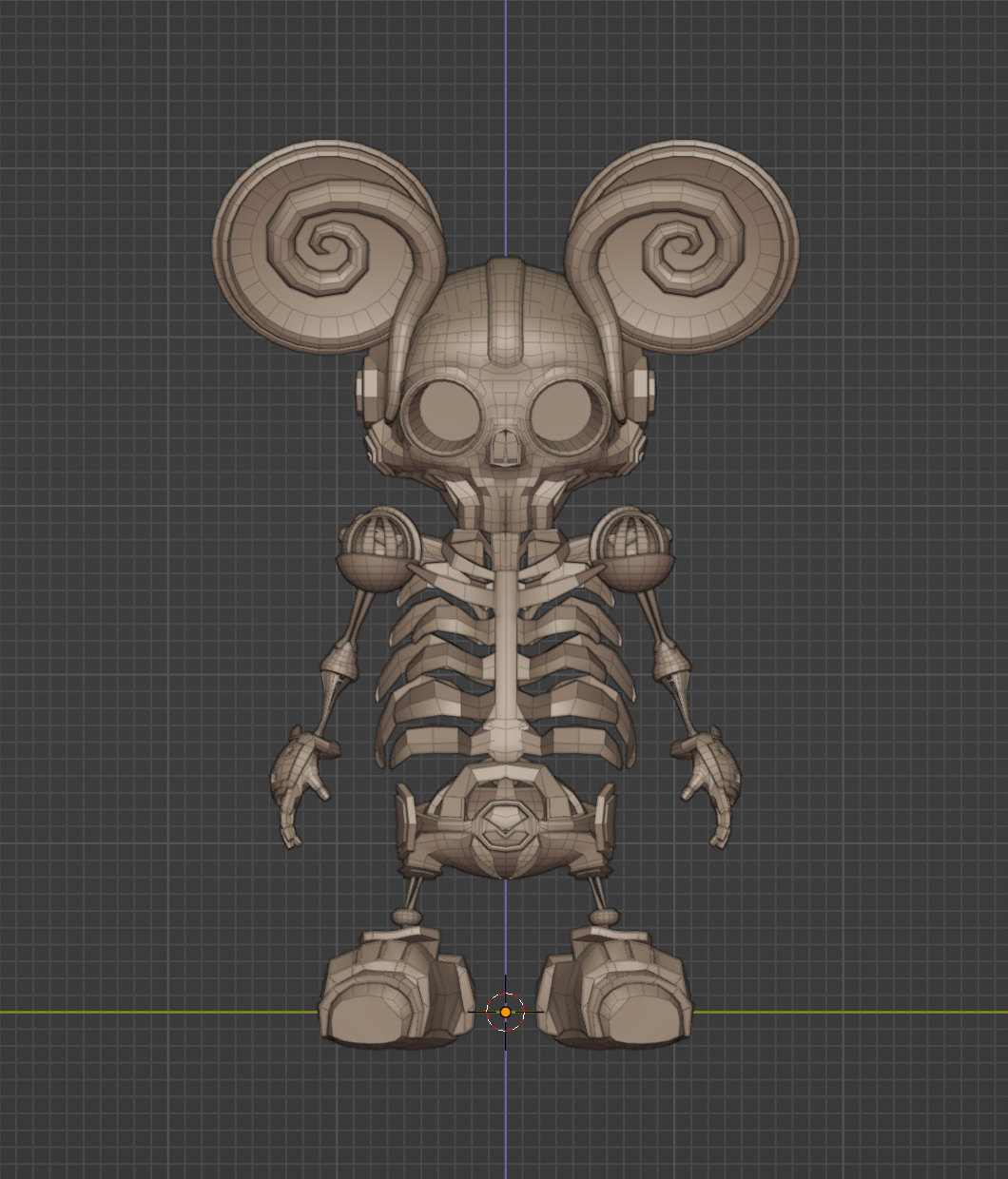
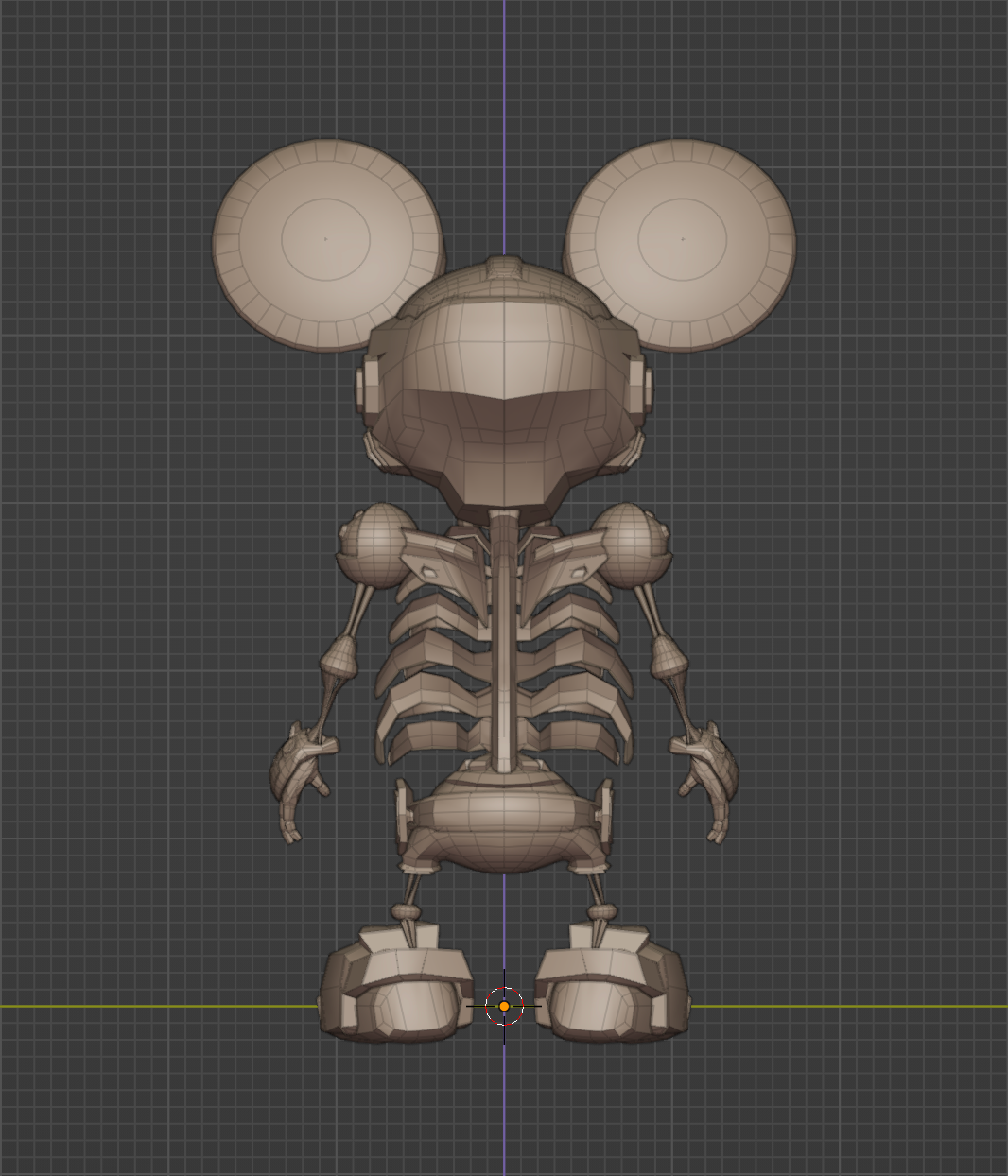
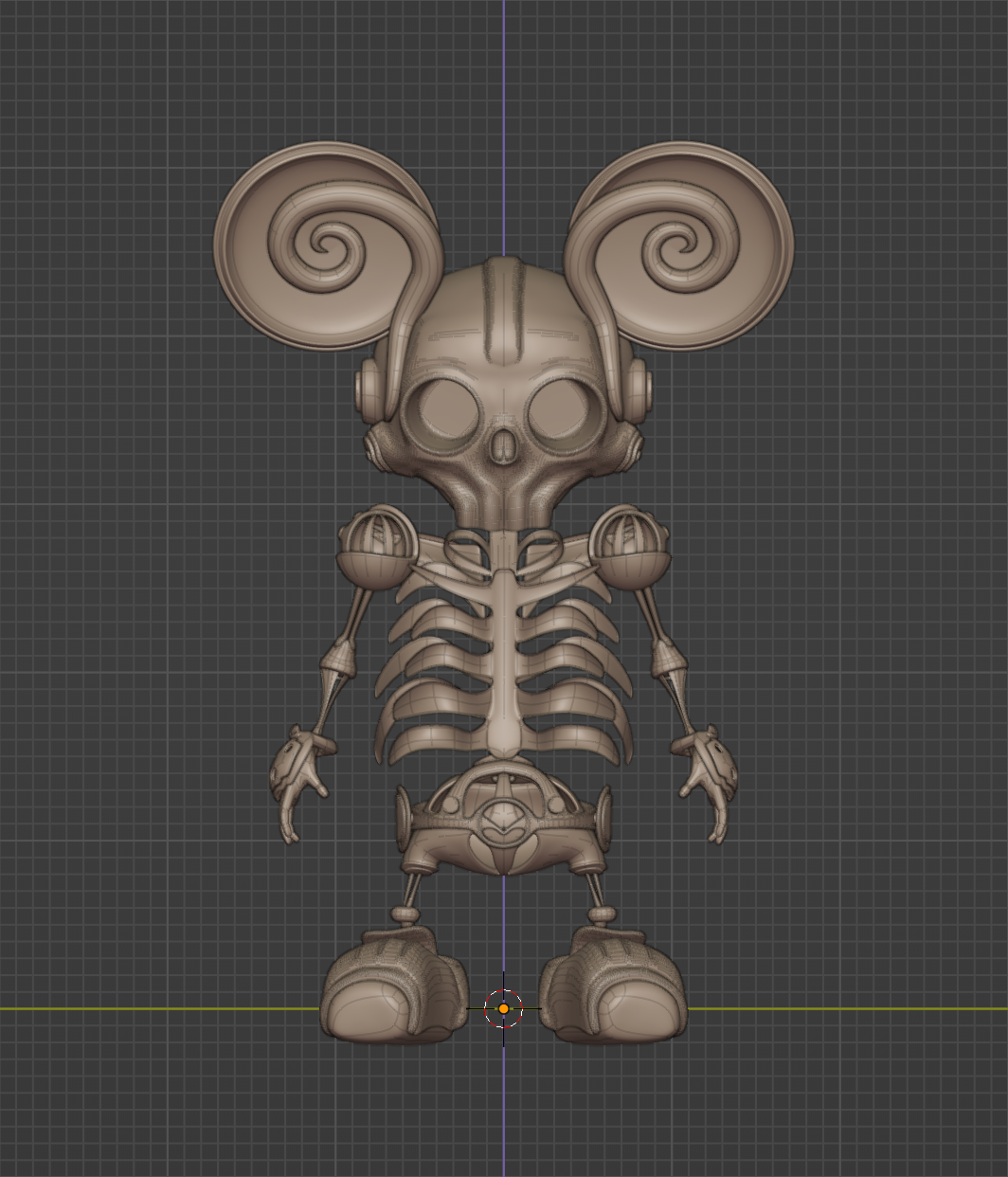
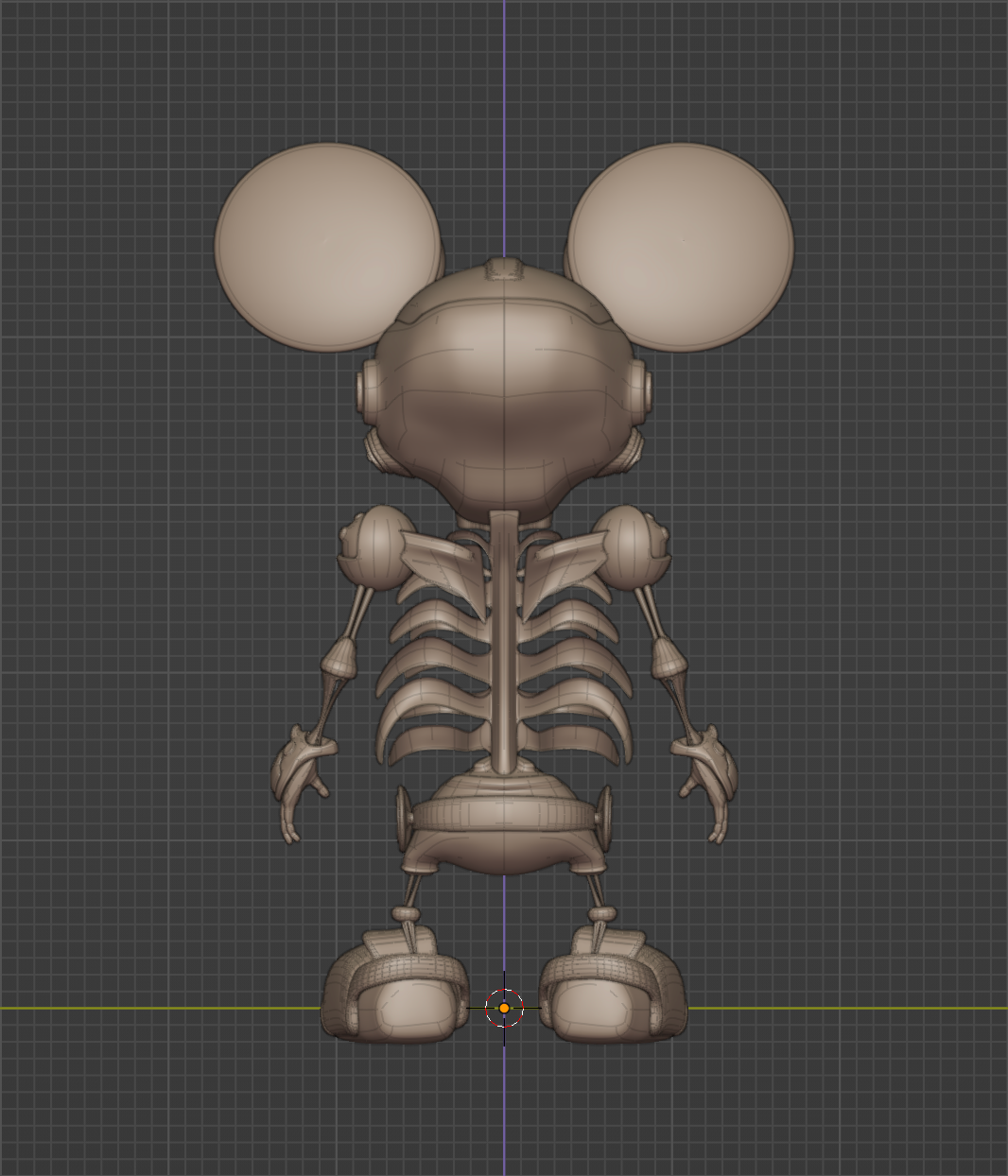
- Modeling: I started from basic shapes, ensuring a clean topology with all quads. This foundational step was crucial for later stages. Maintaining all quads was challenging but essential for a clean and deformable mesh. Regular checks and adjustments ensured optimal geometry. Additionally, my background in medicine allowed me to work swiftly and achieve accurate forms.
- Texturing: After achieving a solid model, I focused on selecting and adapting appropriate PBR materials. This involved procedural adjustments to match the unique look of the mechanical and skeletal parts and allowed me to achieve a realistic yet haunting look for the mouse.
- Lighting and Rendering: The scene was lit using an HDRI of a forest at night to add an eerie ambiance. Setting up the scene to reflect the dark, eerie mood required careful balancing of light sources and HDRI adjustments to highlight the model's details.
Final results
Thank you for your support and interest in my work!
